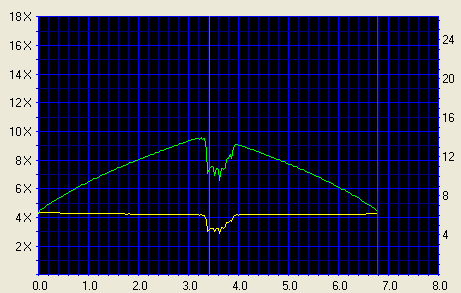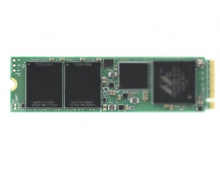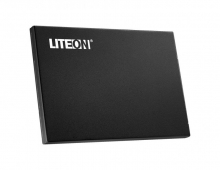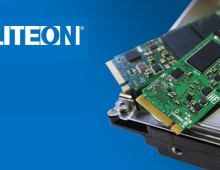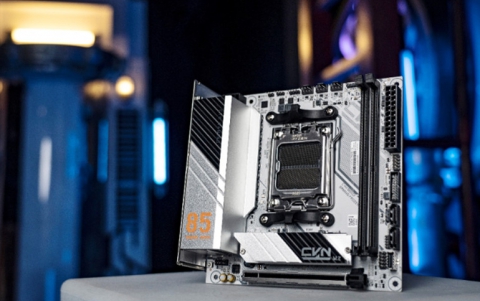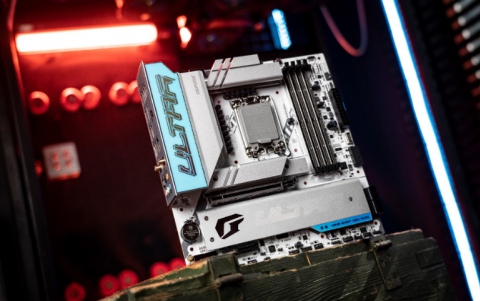LiteON SOHW-1633S
19. DVD+R DL - Page 2
Review Pages
2. Transfer Rate Reading Tests
3. CD Error Correction Tests
4. DVD Error Correction Tests
5. Protected Disc Tests
6. DAE Tests
7. Protected AudioCDs
8. CD Recording Tests
9. 3T Jitter Tests
10. C1 / C2 Error Measurements
11. DVD Recording Tests
12. Media Support list
13. CDSpeed/PlexTools Scans - Page 1
14. CDSpeed/PlexTools Scans - Page 2
15. CDSpeed/PlexTools Scans - Page 3
16. CDSpeed/PlexTools Scans - Page 4
17. CDSpeed/PlexTools Scans - Page 5
18. DVD+R DL - Page 1
19. DVD+R DL - Page 2
20. SOHW-1633S vs. SA300 - Page 1
21. SOHW-1633S vs. SA300 - Page 2
22. SOHW-1633S vs. SA300 - Page 3
23. SOHW-1633S vs. SA300 - Page 4
24. BookType Setting
25. Conclusion
LiteON SOHW-1633S Recorder - Page 19
- Writing Quality
In order to test the LiteON SOHW-1633S DVD+R DL writing quality, we used the
- Traxdata Double Layer media @ 2.4X
Using Nero CD/DVD Speed we got the above scan, indicating good quality writing performance with this media. Speed was automatically reduced when the drive started to read the second layer, but no errors were reported during the reading process.
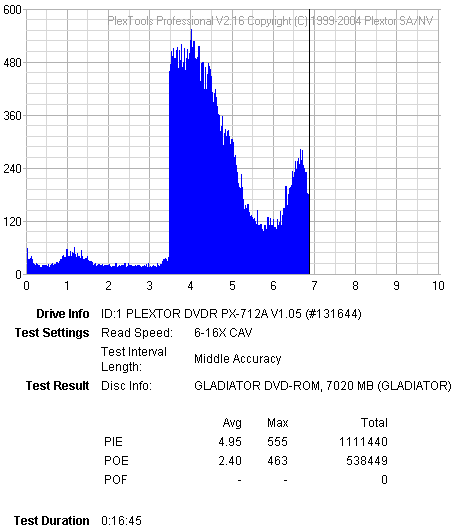
On the other hand, using Plextools, we got the above scan. You can see that high PI/PIF levels were reported, higher than the 280 limit. However, no errors were observed. We hope to see LiteON improve DL writing quality with future firmware releases.
Review Pages
2. Transfer Rate Reading Tests
3. CD Error Correction Tests
4. DVD Error Correction Tests
5. Protected Disc Tests
6. DAE Tests
7. Protected AudioCDs
8. CD Recording Tests
9. 3T Jitter Tests
10. C1 / C2 Error Measurements
11. DVD Recording Tests
12. Media Support list
13. CDSpeed/PlexTools Scans - Page 1
14. CDSpeed/PlexTools Scans - Page 2
15. CDSpeed/PlexTools Scans - Page 3
16. CDSpeed/PlexTools Scans - Page 4
17. CDSpeed/PlexTools Scans - Page 5
18. DVD+R DL - Page 1
19. DVD+R DL - Page 2
20. SOHW-1633S vs. SA300 - Page 1
21. SOHW-1633S vs. SA300 - Page 2
22. SOHW-1633S vs. SA300 - Page 3
23. SOHW-1633S vs. SA300 - Page 4
24. BookType Setting
25. Conclusion

